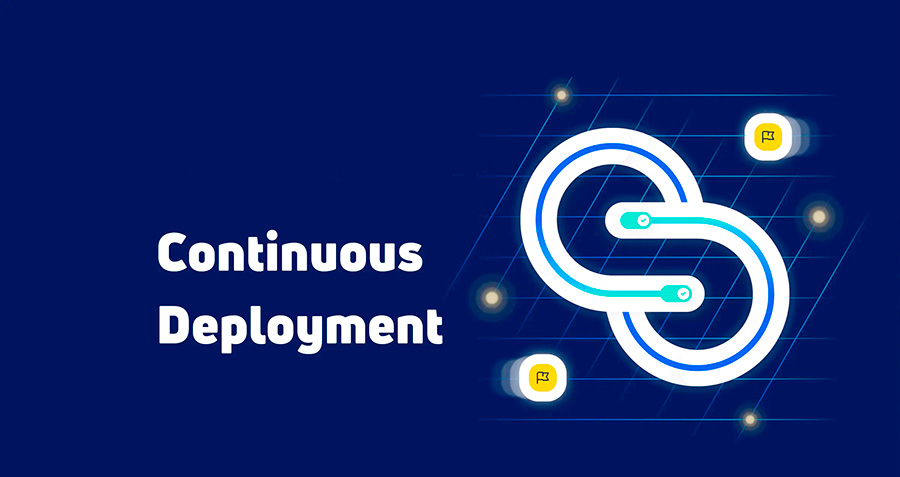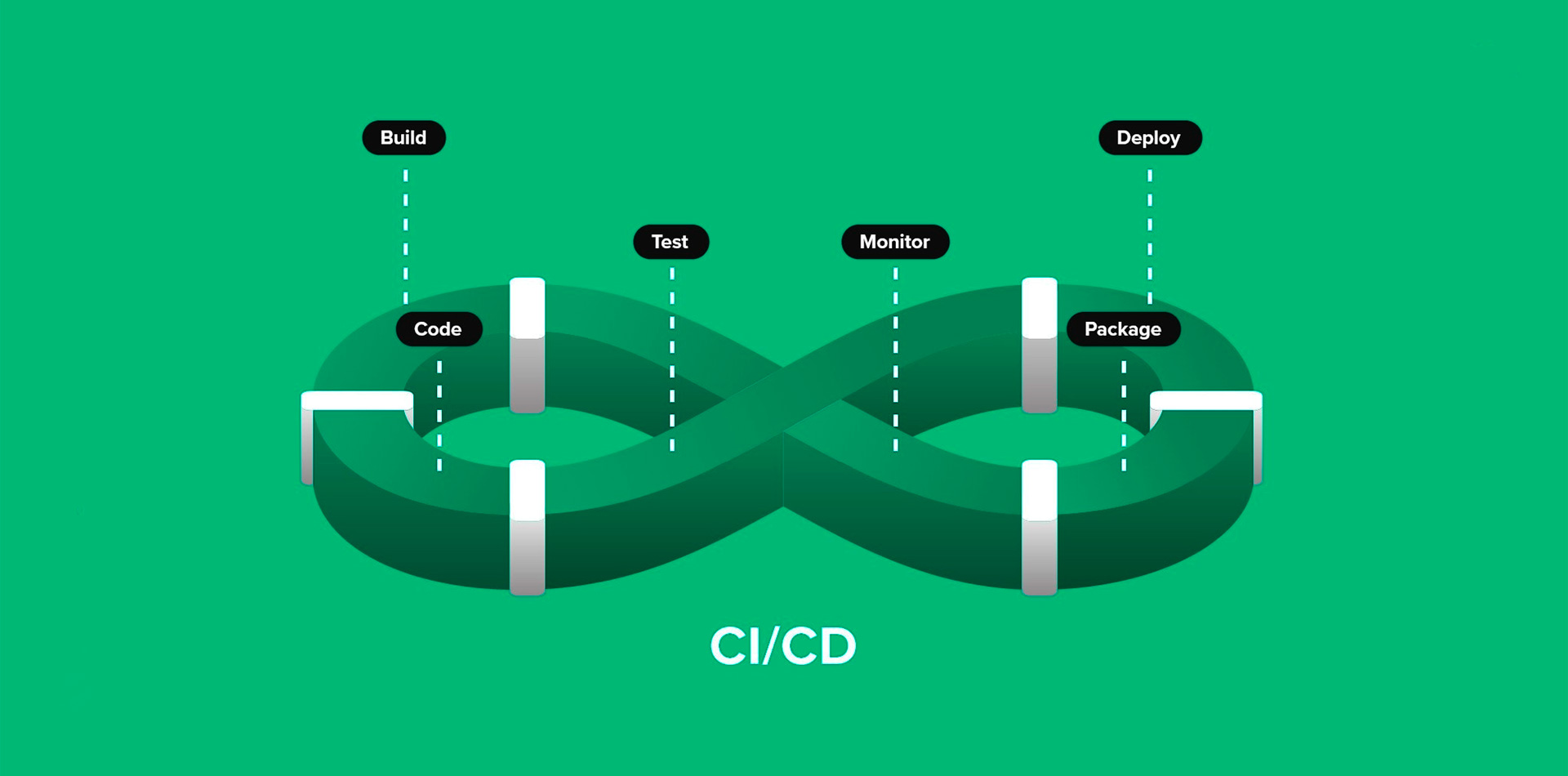Software development is a complex and iterative process that requires careful planning, collaboration, and testing to ensure the delivery of high-quality products. Continuous Integration and Deployment (CI/CD) practices have emerged as essential tools in modern software development, helping teams automate and streamline the development process. In this article, we will explore the concepts of CI/CD, their benefits, and the tools available to implement them effectively.
Understanding Continuous Integration (CI)
Continuous Integration is a development practice where developers integrate code into a shared repository frequently, preferably several times a day. Each integration is verified by an automated build and automated tests. This practice allows teams to detect and fix integration errors early in the development process, ensuring that the codebase remains stable and the software can be released reliably.

Benefits of Continuous Integration
Continuous Integration offers several benefits to development teams, including:
Early Detection of Issues
By integrating code frequently and running automated tests, teams can detect and fix issues early in the development process, reducing the risk of bugs and defects in the final product.
Improved Collaboration
Continuous Integration encourages collaboration among team members, as everyone is working on the same codebase and can see the changes being made by others. This leads to better communication and a more cohesive team.
Increased Confidence in Releases
With Continuous Integration, teams can release software more frequently, knowing that each release has been tested and verified. This leads to increased confidence in the quality of the software and allows teams to deliver value to customers more quickly.

Understanding Continuous Deployment (CD)
Continuous Deployment is the practice of automatically deploying code to production environments after it has passed automated tests. This practice allows teams to deliver new features and updates to customers quickly and efficiently, often multiple times a day.
Benefits of Continuous Deployment
Continuous Deployment offers several benefits to development teams, including:
Rapid Delivery of Features
With Continuous Deployment, teams can deliver new features and updates to customers quickly, allowing them to respond to feedback and market changes more effectively.
Reduced Risk of Deployment
By automating the deployment process and testing code in production-like environments, teams can reduce the risk of deployment errors and downtime, leading to more reliable software releases.
Improved Feedback Loop
Continuous Deployment enables teams to receive feedback from customers more quickly, allowing them to iterate on features and improvements faster and deliver a better product to market.
Implementing CI/CD
Implementing CI/CD practices requires a combination of tools, processes, and cultural changes within an organization. Some popular tools for implementing CI/CD include Jenkins, Travis CI, CircleCI, and GitLab CI/CD. These tools help automate the build, test, and deployment process, making it easier for teams to adopt CI/CD practices.
Continuous Integration and Deployment (CI/CD) practices have revolutionized the way software is developed and deployed. By automating the build, test, and deployment processes, CI/CD allows teams to deliver high-quality software faster and more efficiently than ever before.
Implementing CI/CD practices requires a combination of tools, processes, and cultural changes within an organization. Teams must invest time and effort in setting up automated pipelines, writing automated tests, and ensuring that code is integrated frequently. However, the benefits of CI/CD, including improved code quality, faster time to market, and increased customer satisfaction, make it a worthwhile investment for any software development team.
In conclusion, CI/CD is a powerful approach to software development that can streamline the development process, improve product quality, and help teams deliver value to customers more quickly. By embracing CI/CD practices, organizations can stay competitive in today’s fast-paced software development landscape and deliver high-quality software that meets the needs of their customers.



